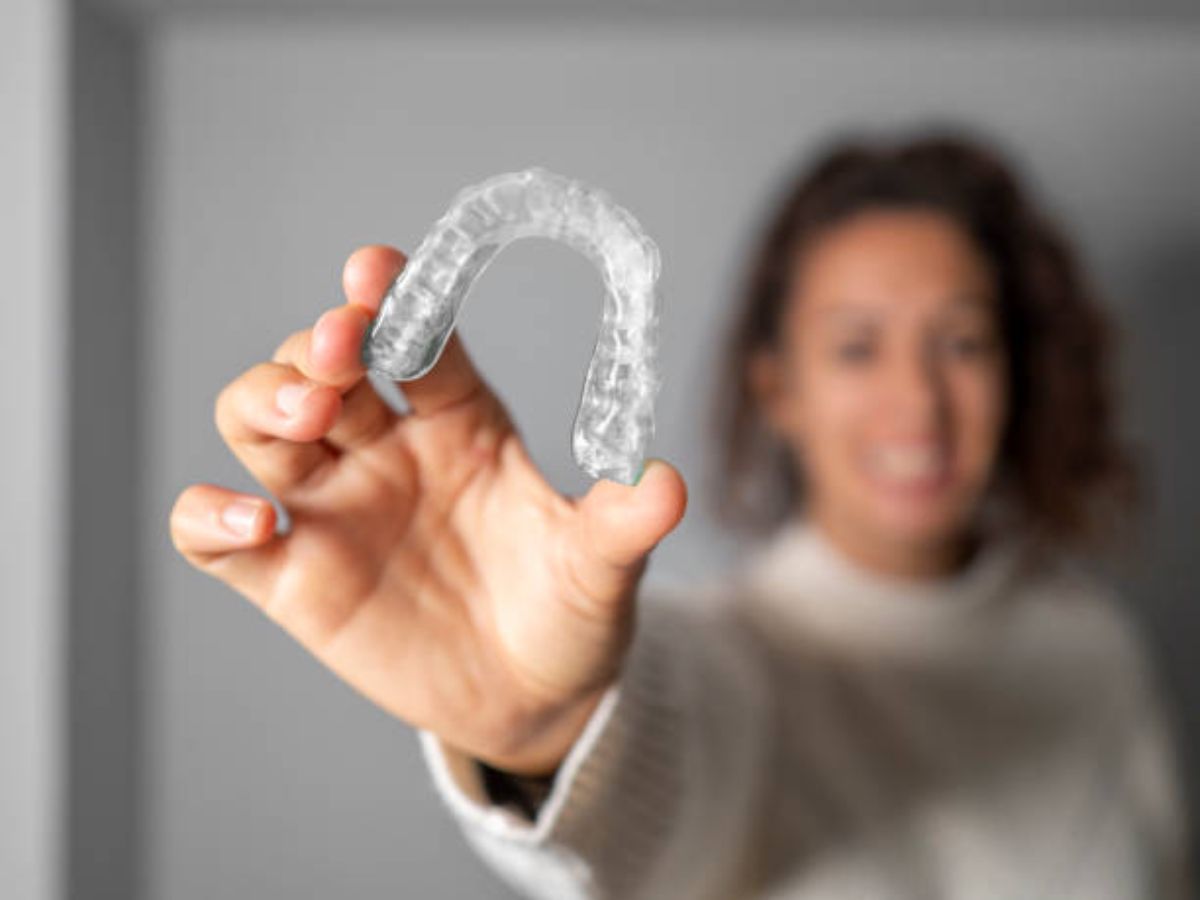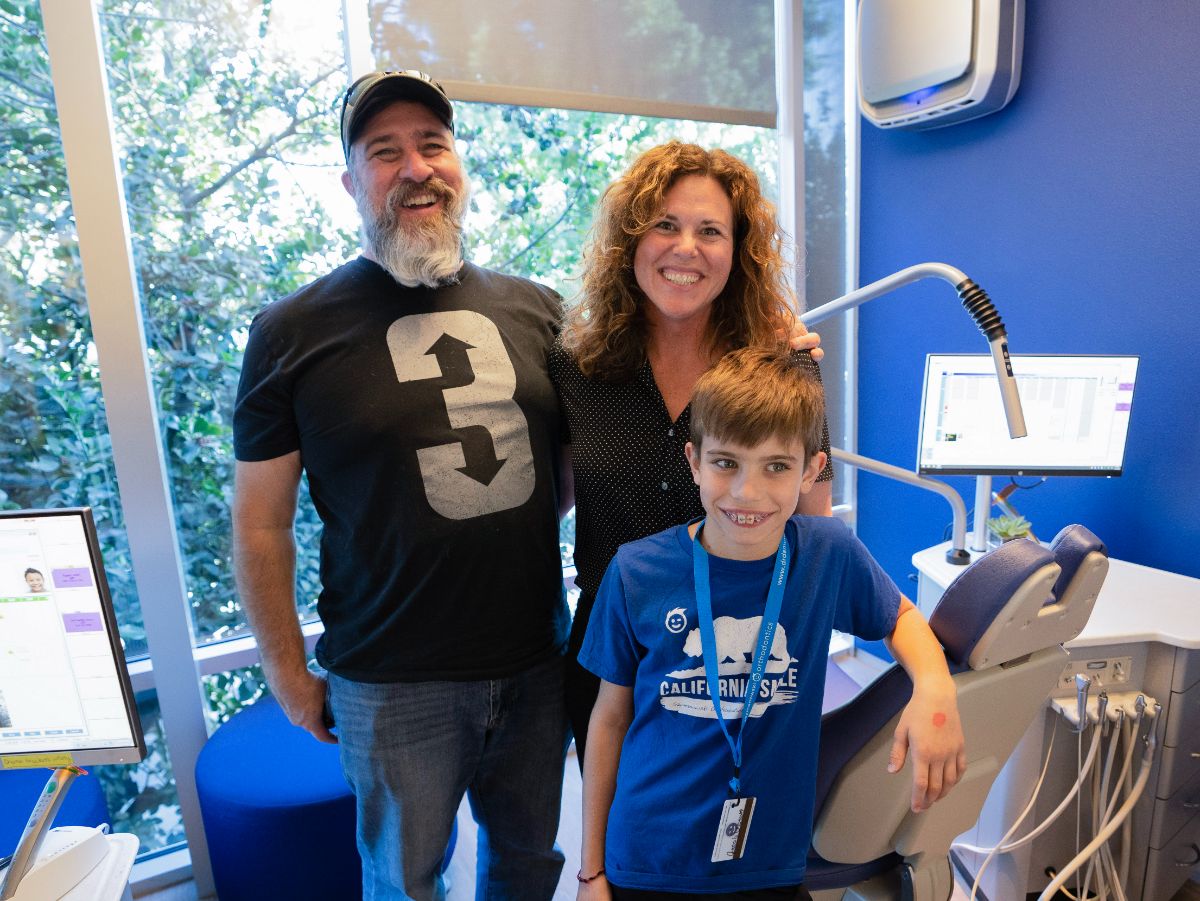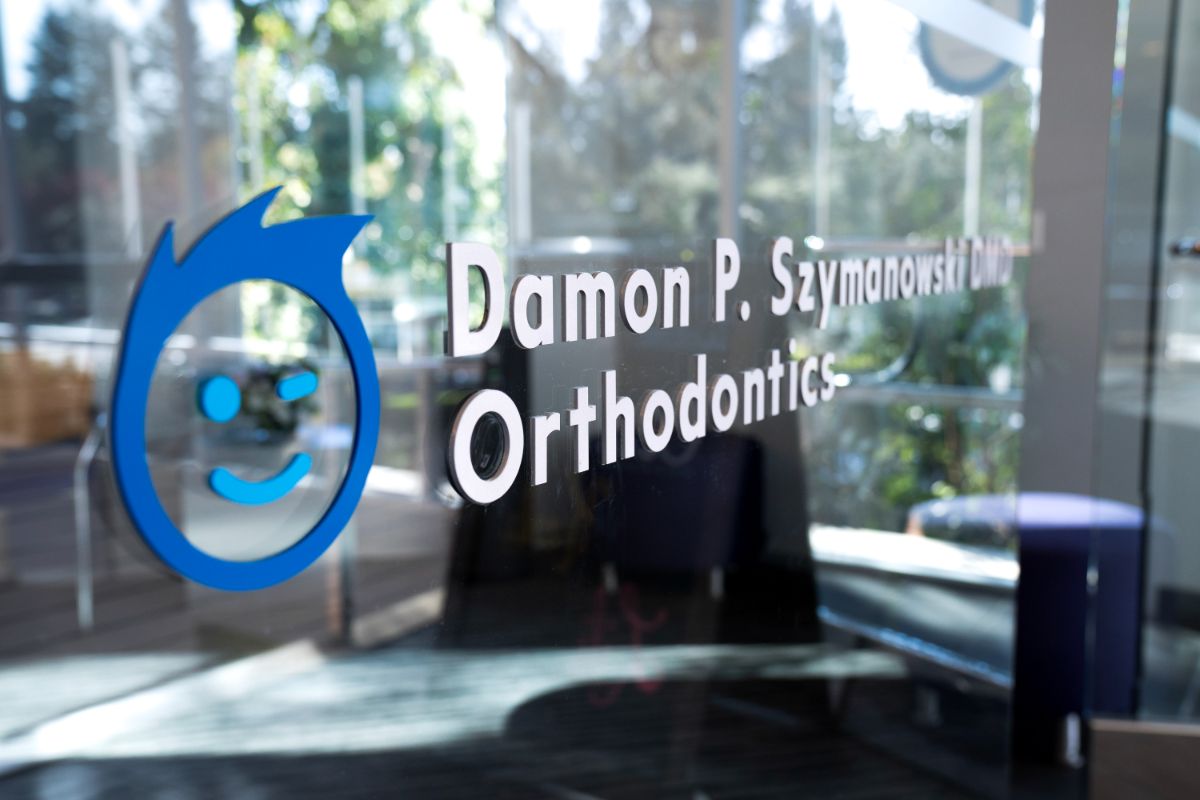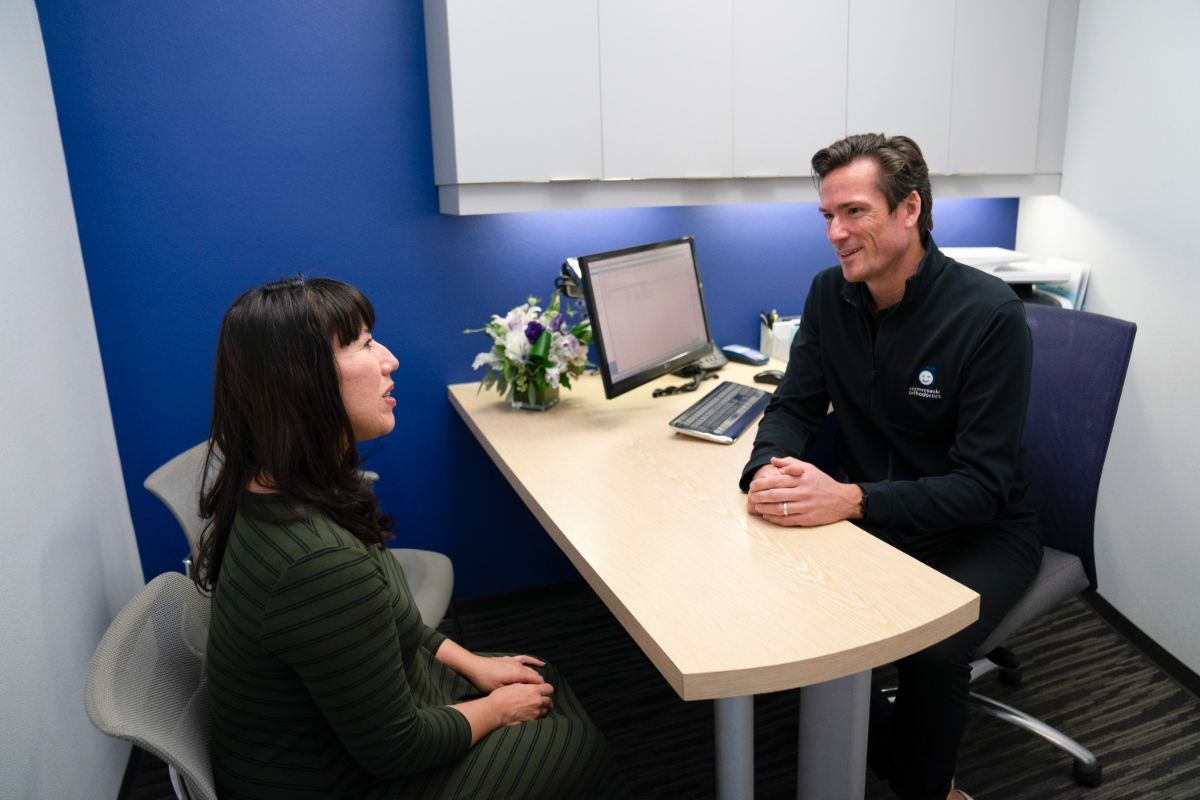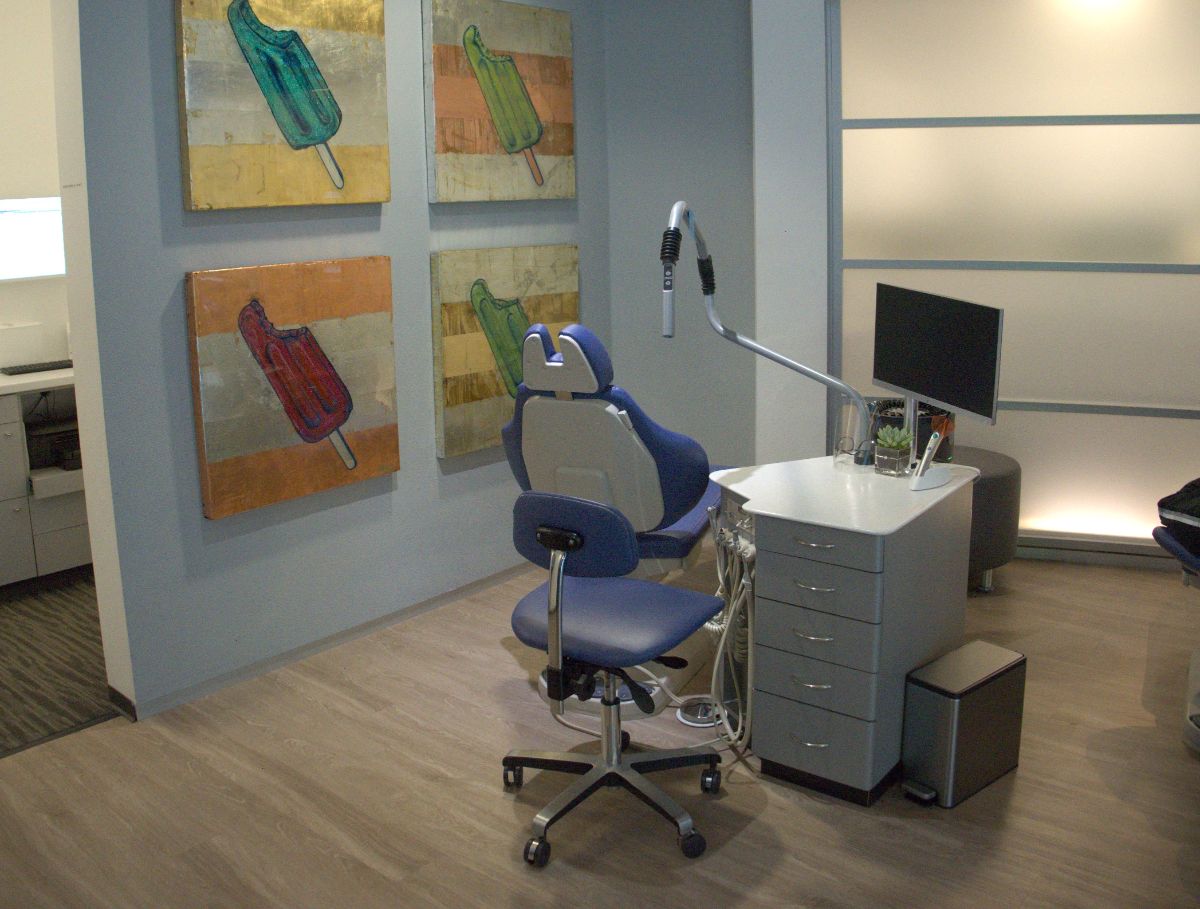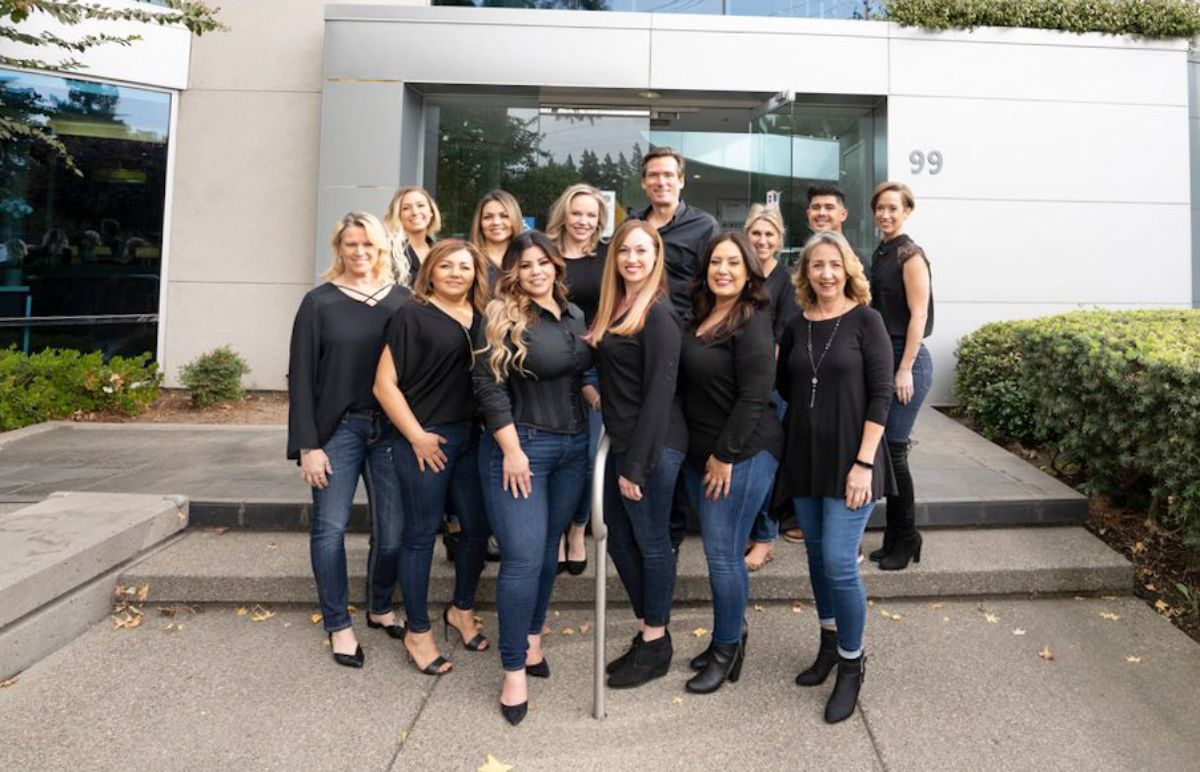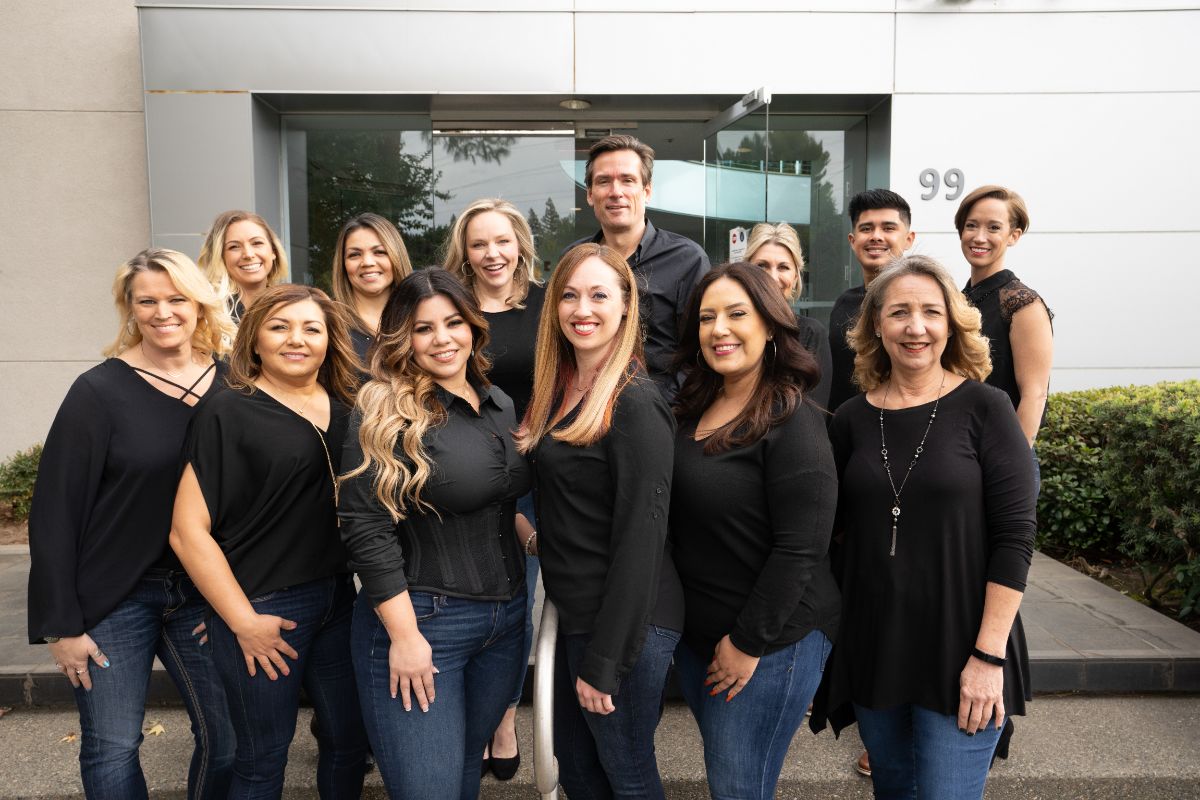At Szymanowski Orthodontics, we believe in the connection between healthy sleeping patterns and proper oral hygiene. Getting a good night’s sleep is a staple for just about anything. Whether you have responsibilities or are simply looking to function at a high level, sleep is the battery that charges us through our day. It’s one thing to know sleep is important, but making sure you get the necessary hours isn’t always easy. In fact, sleep deprivation affects approximately 18 million adults and children at any given time. While sleep deprivation is common, there are ways to relieve yourself of sleepless nights. Did you know that your oral healthcare can actually play a role in effective sleep? Through dentistry, Dr. Szymanowski and our team of experts can actually help your sleep schedule by addressing a disorder called sleep apnea.
What is Sleep Apnea?
Sleep apnea affects a person’s sleep cycle. People with sleep apnea will periodically stop and start breathing for different periods while asleep.
The main types of sleep apnea are:
- Obstructive sleep apnea, the more common form that occurs when throat muscles relax
- Central sleep apnea occurs when your brain doesn’t send proper signals to the muscles that control breathing
- Complex sleep apnea syndrome, also known as treatment-emergent central sleep apnea, occurs when someone has both obstructive sleep apnea and central sleep apnea
Sleep apnea’s effects range from disruptive to dangerous depending on the severity of your symptoms. Some of these symptoms include:
- Loud snoring
- Awakening with a dry mouth
- Morning headache
- Difficulty staying asleep (insomnia)
- Excessive daytime sleepiness (hypersomnia)
While there are many reasons for disruptive sleep patterns, one reason you might have sleep apnea is actually because of a medical condition called TMJ.
What is TMJ?
TMJ is a condition where patients feel pain in the joints and muscles that control jaw movement.
The joints in your jaw act like sliding hinges, connecting your jawbone to your skull. You have one joint on each side of your jaw. While you sleep, your mouth and jaw muscles will relax with the rest of your body. Sometimes to ease discomfort from TMJ, patients will clench or grind their teeth, causing trauma to the jaw, the head, or the neck. During sleep cycles, patients who struggle with conditions such as TMJ (or TMD) may experience sleep disruptions due to the constant pain and discomfort experienced while sleeping.
 How do I know if I have TMJ?
How do I know if I have TMJ?
The symptoms of TMJ include:
- Pain or tenderness of your jaw
- Pain in one or both of the temporomandibular joints
- Aching pain in and around your ear
- Difficulty chewing or pain while chewing
- Aching facial pain
- Locking of the joint, making it difficult to open or close your mouth
TMJ disorders can also cause a clicking sound or grating sensation when you open your mouth or chew. If there’s no pain or limitation of movement associated with your jaw clicking, you probably don’t need treatment for a TMJ disorder.
In most cases, the pain and discomfort associated with TMJ disorders are temporary and can be relieved with self-managed care or nonsurgical treatments.
How your orthodontist can help.
As we stated, your orthodontist may be able to help with symptoms of TMJ. After proper consultation, your primary caretaker can determine the best measure of action. Some cases are more serious than others, but generally, once an orthodontist steps in, surgery is likely to be required. Surgery is typically a last resort after conservative measures have failed, but some people with TMJ disorders may benefit from surgical treatments.
If sleep apnea is generally a structural issue, patients may find symptomatic relief by slightly altering the jaw position. Orthodontists can adjust the patient’s lower jaw so that it remains in the ideal position while sleeping. This process is completed with special appliances, or in some cases, with orthodontic treatment, including braces/aligners and elastics that shift the bottom jaw forward.
Another option for treatment is through palate expanders. A palate expander is a device placed on the roof of the mouth and used to widen the upper jaw. This appliance is typically used as a treatment for children since their mouths and palate are still not fully formed and can easily be manipulated. Frequently, when a child’s mouth does not appear wide enough to accommodate the adult teeth, this RPE can be used without braces to provide spacing support for those teeth to come in correctly. This palate expander creates space allowing better airflow through the mouth, helping ease or even prevent sleep apnea.
Another notable option is using custom oral appliances to help keep the jaw in a forward position and keep airflow unobstructed. Two different methods of custom oral therapy vary only slightly, with one having an extra piece to help position your tongue correctly. This option is called a tongue retaining mouthpiece. The other therapy option is the mandibular advancement device which moves your lower jaw forward and tightens the soft tissues of the upper airway, preventing airway obstruction.
 Your best sleep awaits at Szymanowski Orthodontics
Your best sleep awaits at Szymanowski Orthodontics
Your oral healthcare is a big commitment, and here at Szymanowski Orthodontics, we look forward to continuing the relationships we build with you and your family along the way. For 50 years, your smile has been our top priority. That’s why our caring and experienced team recognizes that children, teens, and adults will all have different dental needs, requiring a different level of attention and care. We work diligently with each patient to ensure you receive the most appropriate treatment in an inviting environment.
If you face sleep issues like sleep apnea or TMJ, visit us at Szymanowski Orthodontics in Sacramento to see how orthodontic treatment can transform your life.
 How do I know if I have TMJ?
How do I know if I have TMJ? Your best sleep awaits at Szymanowski Orthodontics
Your best sleep awaits at Szymanowski Orthodontics

